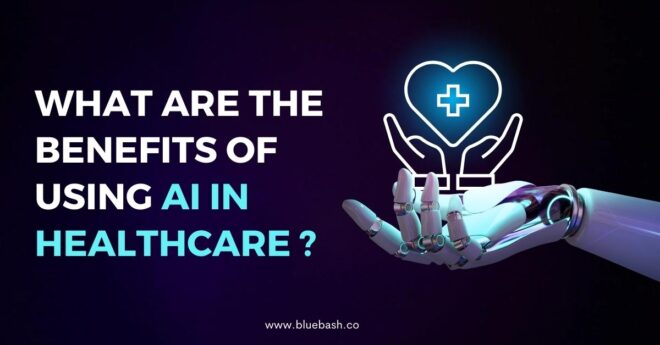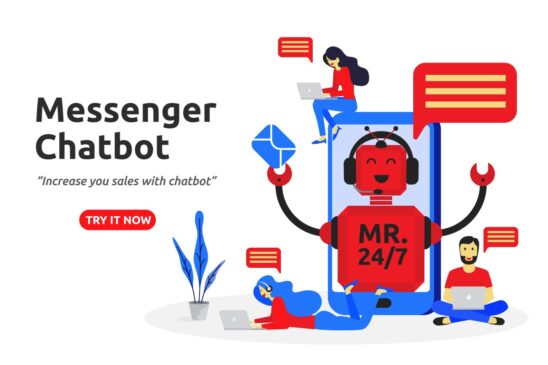![]()
Generative artificial intelligence (AI) has emerged as a transformative force, revolutionizing industries and unlocking new dimensions of creativity and innovation. By harnessing its capabilities, businesses, and individuals can tap into previously untapped possibilities, paving the way for groundbreaking advancements.
In this article, we will delve into the profound impact of generative AI on creativity and innovation, exploring its potential across diverse domains.
The Rise of Generative AI
Generative AI, a branch of artificial intelligence, encompasses the ability to generate new content, ideas, or solutions. While traditional AI systems primarily focus on recognizing patterns and making predictions based on existing data, generative AI creates original outputs. This revolutionary technology employs deep learning and neural networks to process vast amounts of data, enabling novel content that exhibits human-like qualities.
Generative AI’s Creative Potential
One of the most remarkable aspects of generative AI is its ability to enhance human creativity. Generative AI models can generate artistic creations, music compositions, and even original writing by analyzing and learning from extensive datasets. This opens up exciting opportunities for artists, musicians, and writers to augment their creative processes and explore uncharted territories.
Furthermore, generative AI has the potential to democratize creativity. It empowers individuals with limited artistic skills to create visually stunning graphics or compose captivating melodies. Generative AI tools allow users to experiment with different styles, themes, and variations, fostering a culture of exploration and innovation.
The Influence on Innovation
Generative AI holds immense potential to empower innovation by facilitating the entire creative process. It offers a range of benefits, starting with idea generation, where generative AI systems analyze vast amounts of data to generate diverse and novel concepts, providing a valuable starting point for innovators.
Moreover, it enables rapid prototyping and iteration by automating design generation, allowing for quick exploration of design possibilities and utilizing virtual testing and simulation to speed up the refinement stage. This iterative process and user feedback incorporation ensures that innovations evolve rapidly, meet user needs, and achieve market readiness.
Additionally, generative AI helps overcome creative blocks and biases by encouraging divergent thinking, introducing uncertainty and exploration, and combating inherent biases. By leveraging its capabilities, innovators can unlock their full creative potential, drive innovation forward, and bring transformative ideas to fruition.
Impacts Generative AI could have on Industries
Generative AI has made significant strides in various industries, fostering creativity and driving innovation. Its impacts are evident across several domains:
Music
In the music industry, generative AI can augment creativity and composition. AI models can generate original musical pieces, assist in songwriting, and create unique soundscapes.
Artists and composers can leverage AI to explore new melodies, harmonies, and rhythms, pushing the boundaries of musical expression. Furthermore, it can aid in music production by automating tasks such as mastering and audio mixing, streamlining the creative process.
Manufacturing
Generative AI has the potential to optimize manufacturing processes and improve product design. AI algorithms can generate optimized designs for components and structures, considering factors like weight, strength, and cost. This leads to more efficient and lightweight products like aircraft parts and automotive components. Additionally, AI can enhance quality control by analyzing sensor data to detect anomalies and predict failures, enabling proactive maintenance and reducing downtime.
Content Creation
Generative AI has also made significant strides in writing, with notable examples including models like Jasper and ChatGPT. These AI-powered systems can generate human-like text across various genres and writing styles.
For instance, models like Jasper have been employed in content creation, generating articles, blog posts, and marketing copy. They can quickly create drafts or outlines based on given prompts or keywords, offering writers a starting point for their work. This enables content creators to streamline their writing process and explore broader ideas.
ChatGPT, another prominent example, excels in generating conversational text. It can engage in interactive dialogues, simulate different personas, and provide detailed responses to user queries. ChatGPT has been used in chatbots, virtual assistants, and customer support systems, allowing businesses to automate customer interactions and enhance user experiences.
These generative writing models have sparked new possibilities in various domains. They can assist writers in brainstorming ideas, generating creative storylines, or producing texts, images and videos that are indistinguishable from human-generated content.
Automotive
Generative AI algorithms simulate and iterate through designs, considering material properties, structural integrity, and manufacturing constraints. This optimization process helps engineers achieve specific goals, such as weight reduction, without compromising strength or safety.
For example, Generative AI algorithms can analyze the requirements for parts like brackets and generate optimized geometries that minimize weight while meeting performance standards. This results in lighter designs that contribute to improved fuel efficiency and lower emissions.
Adopting 3D printing in the automotive sector complements Generative AI as this enables the production of complex, lightweight structures with high strength-to-weight ratios, offering customization, cost reduction, and faster prototyping. The TimeSfomer model is a new approach to video classification which can be used for autonomous vehicles and surveillance systems
For example, it could recognize different human actions in a surveillance video and trigger an alarm if suspicious behavior is detected. It could also be used to analyze traffic footage and identify areas where traffic congestion is likely.
The Ethical Considerations
As generative AI advances, it also raises ethical considerations. Issues such as intellectual property rights, the potential for AI-generated content to be mistaken as human-created, and the implications of biased or maliciously generated content must be addressed. Striking a balance between encouraging innovation and ensuring the responsible use of generative AI is crucial for its long-term success and societal acceptance.
Conclusion
Generative artificial intelligence is a game-changer in unlocking creativity and driving innovation across diverse domains. Its ability to generate original content, explore new possibilities, and augment human capabilities has profound implications for the future of art, music, writing, design, manufacturing, and beyond.
As we navigate the exciting landscape of generative AI, it is essential to embrace its power responsibly, considering the ethical implications and ensuring that innovation goes hand in hand with societal well-being. By harnessing the power of generative AI, we can unlock new frontiers of creativity, fuel innovation, and shape a future where human potential is amplified by artificial intelligence.



